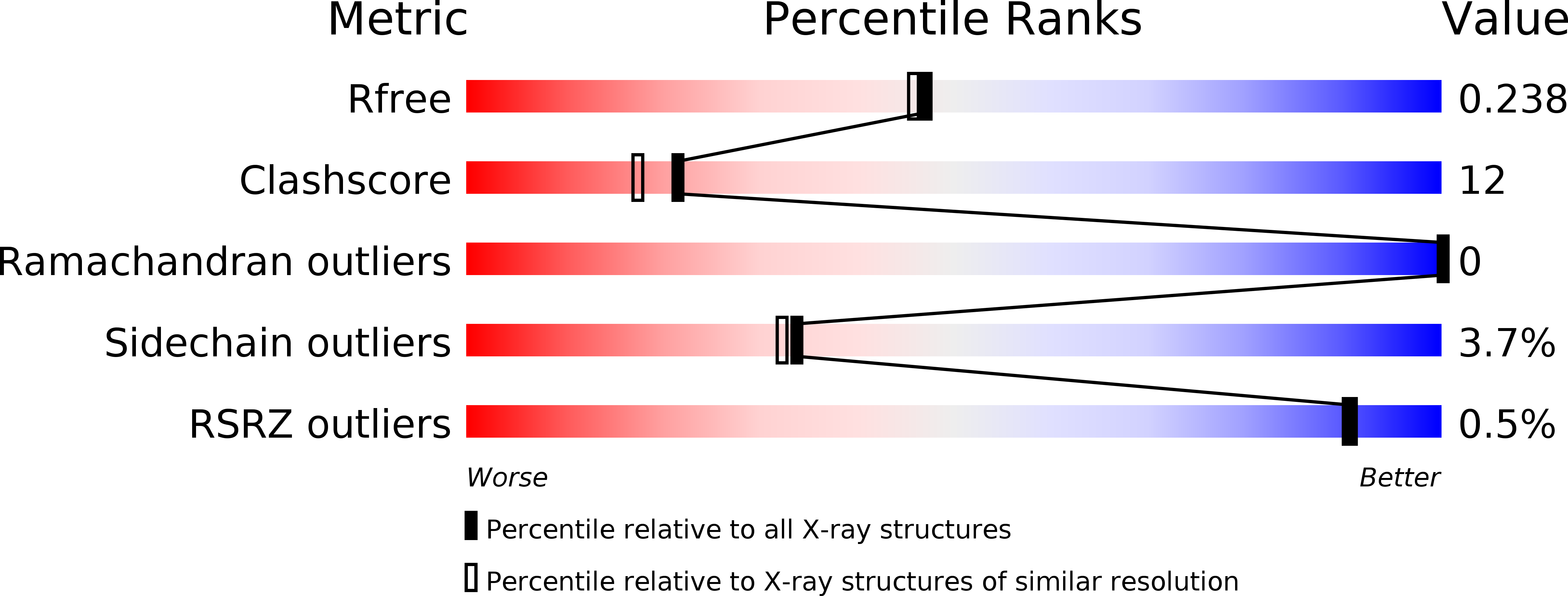
Deposition Date
2006-01-05
Release Date
2006-04-04
Last Version Date
2024-02-14
Entry Detail
PDB ID:
2FKZ
Keywords:
Title:
Reduced (All Ferrous) form of the Azotobacter vinelandii bacterioferritin
Biological Source:
Source Organism:
Azotobacter vinelandii (Taxon ID: 354)
Method Details:
Experimental Method:
Resolution:
2.00 Å
R-Value Free:
0.24
R-Value Work:
0.21
R-Value Observed:
0.21
Space Group:
H 3


